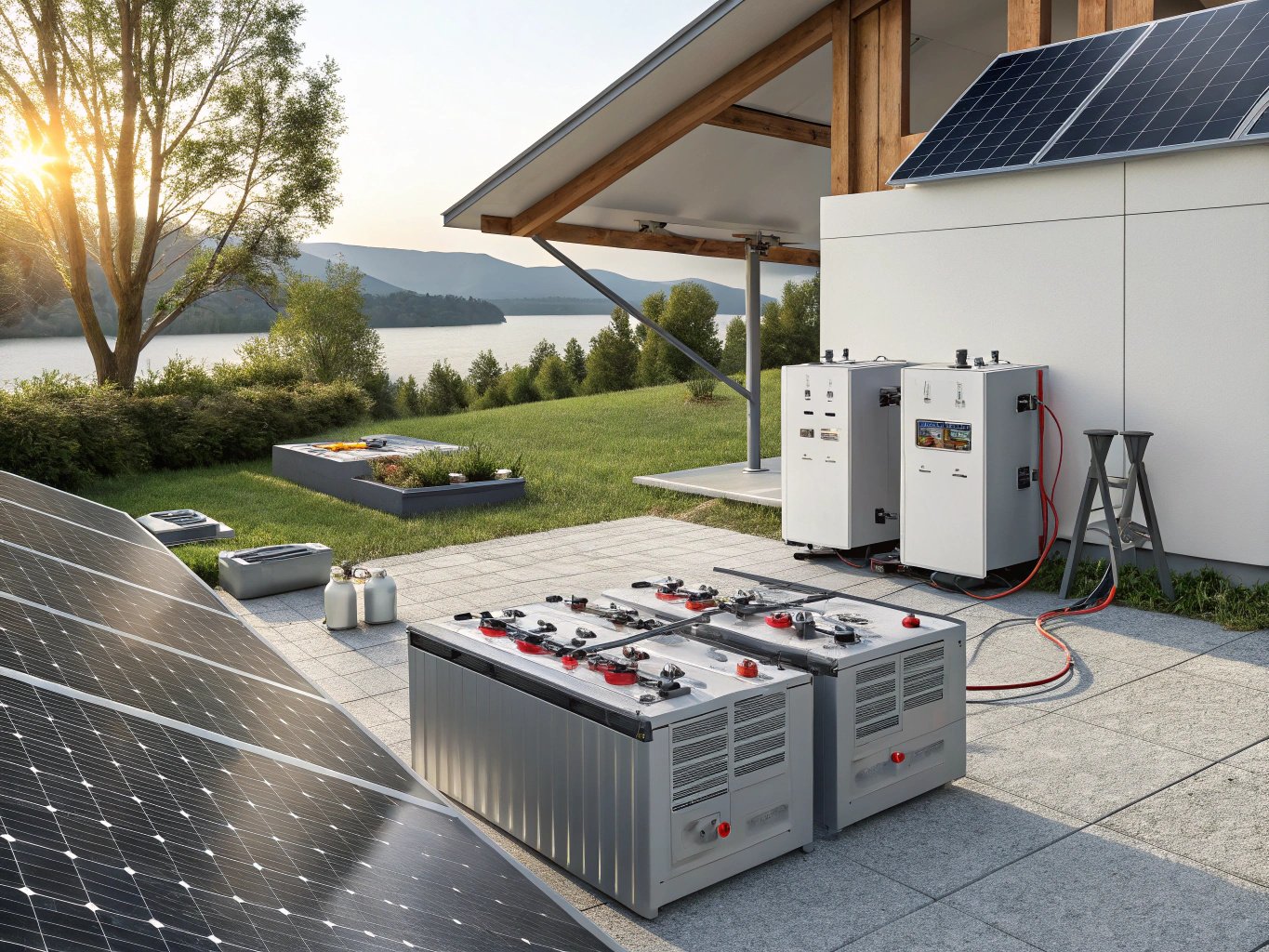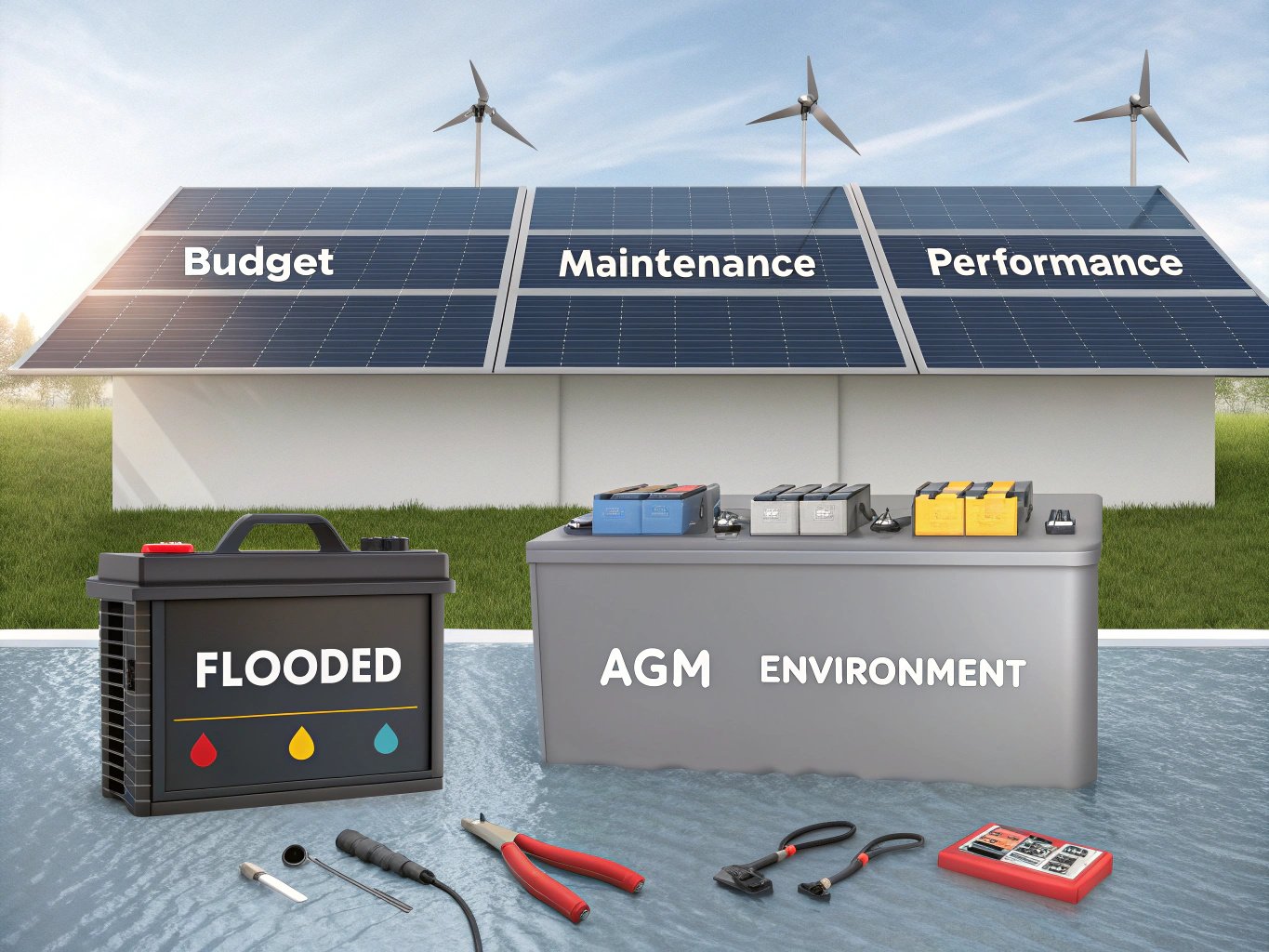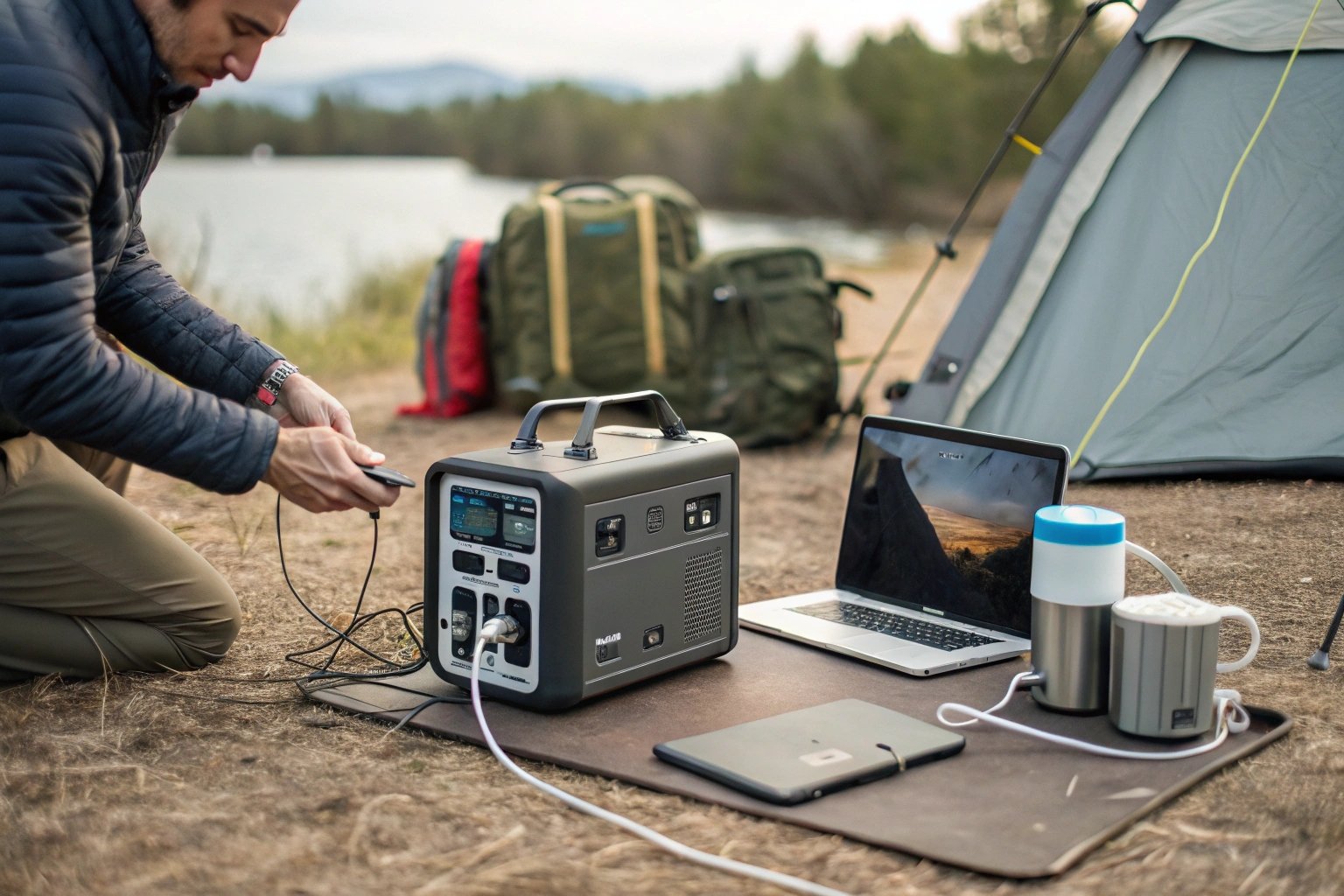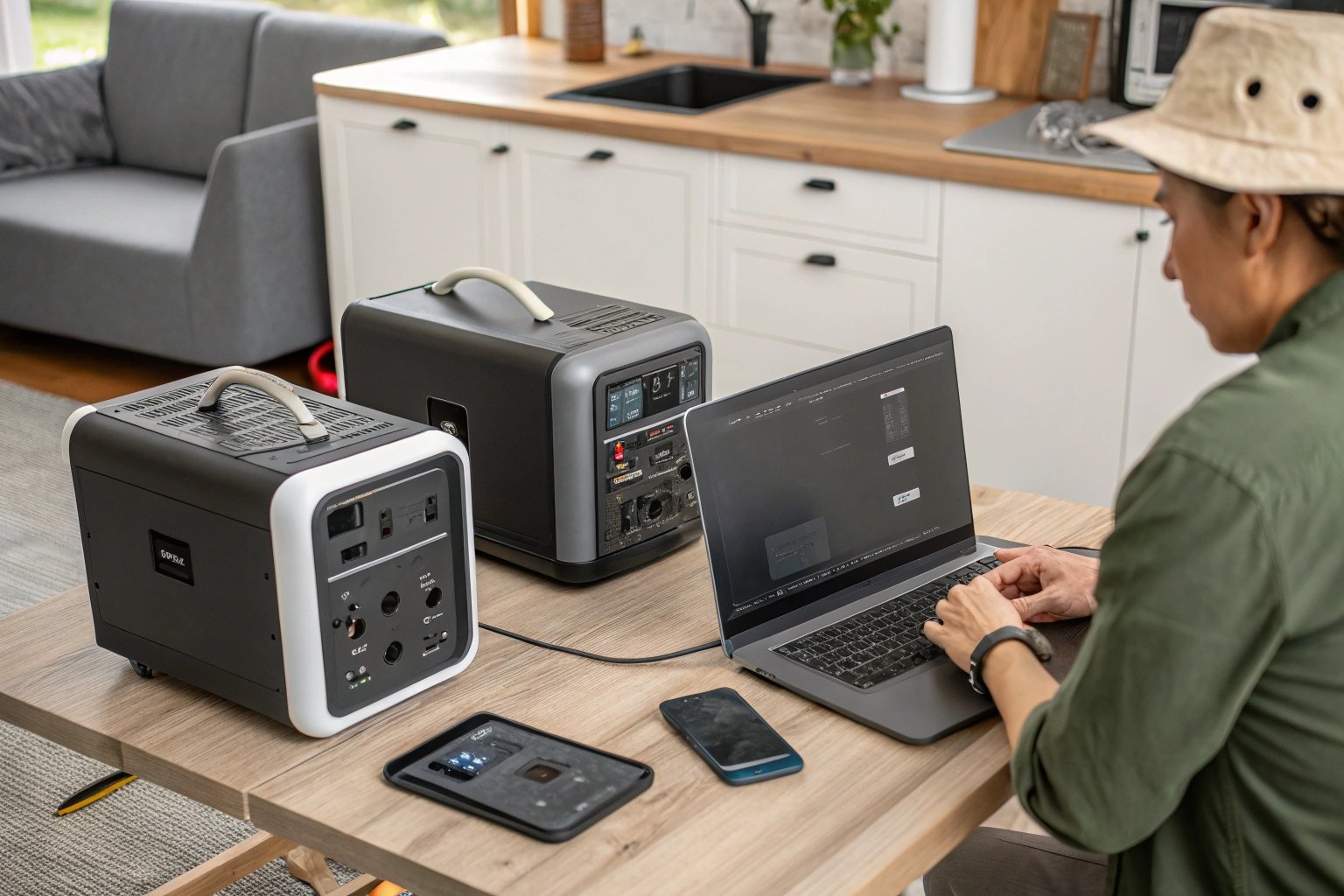
When choosing the right battery for your solar system or other applications, two of the most common options are flooded and AGM (Absorbent Glass Mat) batteries. Understanding the key differences between them will help you make the right decision for your needs.
Flooded and AGM batteries differ in design, maintenance, and performance. AGM batteries are maintenance-free and more efficient, while flooded batteries are cost-effective but require regular maintenance.
When selecting between flooded and AGM batteries, it's crucial to understand the key differences, maintenance requirements, and performance characteristics of each. Let’s dive into the advantages and disadvantages to help you choose the right one for your needs.
✔
AGM batteries are sealed and maintenance-free, unlike flooded batteries that require regular checks and topping off of water.
✖
Flooded batteries are generally less expensive than AGM batteries but require more maintenance over time.
What Are Flooded Batteries?

Flooded batteries, also known as wet-cell batteries, are the traditional lead-acid batteries. These batteries consist of a series of lead plates submerged in a liquid electrolyte (sulfuric acid and water). They are commonly used in off-grid solar systems, RVs, boats, and other applications.
Maintenance:
Flooded batteries require regular maintenance. The electrolyte levels must be checked and topped off with distilled water, and the battery terminals should be cleaned frequently to prevent corrosion.
Lifespan and Performance:
While flooded batteries are generally more affordable than AGM batteries, they have a shorter lifespan and lower efficiency. They also tend to lose capacity faster when deep-cycled, meaning they don’t perform as well over time if discharged too frequently.
Advantages:
- Lower Initial Cost: Flooded batteries are usually cheaper upfront than AGM batteries.
- Proven Technology: These batteries have been around for decades, and their technology is well-understood.
Disadvantages:
- Regular Maintenance: The need to check and maintain electrolyte levels regularly can be inconvenient and time-consuming.
- Poorer Efficiency: Flooded batteries are less efficient and can be affected by temperature extremes.
- Spillage Risk: Because they contain liquid electrolyte, there’s a potential for spills, which can be hazardous.
What Are AGM Batteries?

AGM (Absorbent Glass Mat) batteries are a type of sealed lead-acid battery. They feature a fiberglass mat that absorbs the electrolyte, preventing it from spilling. AGM batteries are sealed, which makes them maintenance-free and less prone to leakage compared to flooded batteries.
Maintenance:
AGM batteries do not require regular maintenance like flooded batteries. Since they are sealed, you don’t have to check the electrolyte levels or clean the terminals frequently.
Lifespan and Performance:
AGM batteries generally have a longer lifespan and better performance than flooded batteries. They can handle deeper discharges without significantly impacting their overall lifespan. They also offer superior efficiency, especially in temperature-sensitive environments.
Advantages:
- Maintenance-Free: AGM batteries are sealed, so you don’t need to add water or monitor electrolyte levels.
- Higher Efficiency: AGM batteries offer better energy efficiency, especially when used in deep-cycle applications.
- Longer Lifespan: They typically last longer than flooded batteries and perform well even with deep discharges.
Disadvantages:
- Higher Initial Cost: AGM batteries are more expensive upfront than flooded batteries.
- Sensitivity to Overcharging: AGM batteries can be damaged by overcharging, so proper charging equipment is necessary.
- Weight: AGM batteries are typically heavier than flooded batteries, making them less ideal for weight-sensitive applications.
Flooded Batteries vs. AGM Batteries: Key Differences
| Feature | Flooded Batteries | AGM Batteries |
|---|---|---|
| Initial Cost | Lower | Higher |
| Maintenance | Regular maintenance required (water top-up) | Maintenance-free |
| Lifespan | Shorter (5-7 years) | Longer (8-12 years) |
| Efficiency | Less efficient | More efficient |
| Temperature Sensitivity | Sensitive to extreme temperatures | Better performance in cold conditions |
| Discharge Depth | Can be damaged by deep discharge | Tolerates deep discharge better |
| Weight | Lighter | Heavier |
| Risk of Spillage | Higher (liquid electrolyte) | Lower (gel electrolyte) |
Which Battery Is Right for You?

The choice between flooded and AGM batteries largely depends on your specific needs:
- Budget: If you're looking for an affordable option, flooded batteries are your best bet. They have a lower initial cost but will require ongoing maintenance and may not last as long.
- Maintenance: If you prefer a maintenance-free option, AGM batteries are the way to go. They offer greater convenience but at a higher initial cost.
- Performance: If you need a battery for deep-cycle applications (like solar systems), AGM batteries are typically the better choice due to their superior efficiency and ability to handle deeper discharges.
- Environment: AGM batteries perform better in colder environments and are less affected by extreme temperatures compared to flooded batteries.
Conclusion: Choosing Between Flooded and AGM Batteries
In summary, both flooded and AGM batteries have their advantages and disadvantages. Flooded batteries are more affordable upfront but require maintenance, while AGM batteries are more efficient and require less upkeep. Your choice should depend on factors like budget, maintenance willingness, and performance needs. For solar systems and deep-cycle applications, AGM batteries are often the better investment due to their longer lifespan and efficiency.



